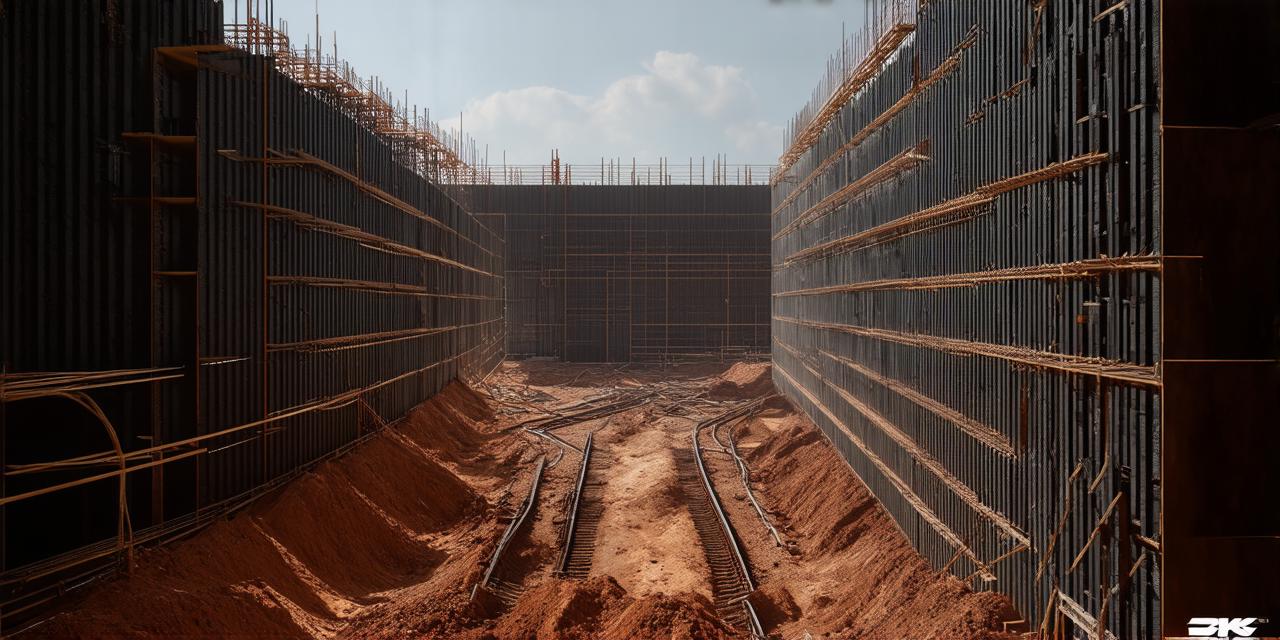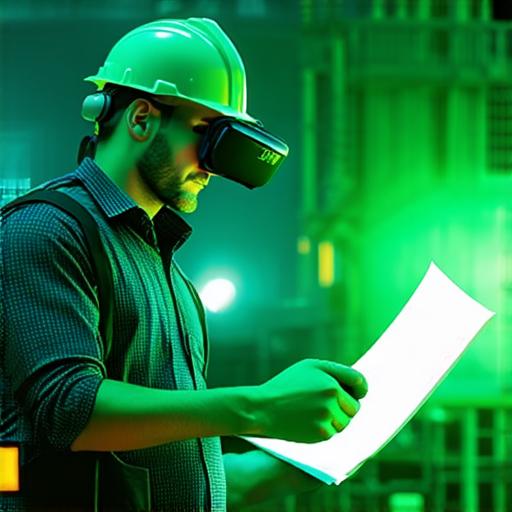
How can the construction industry make use of virtual reality?
Virtual reality (VR) technology has been rapidly advancing in recent years, and its impact on various industries is already evident. One such industry that is set to benefit significantly from VR is construction. From design and planning to execution and maintenance, virtual reality can revolutionize the way we approach construction projects.
Virtual Reality in Construction Design and Planning
One of the most significant advantages of virtual reality is its ability to provide immersive experiences that allow users to visualize a project in a whole new way. This can be especially useful in the design and planning phase of a construction project.
With VR, architects and designers can create realistic simulations of their designs, allowing clients to experience them before any actual building work begins.
For example, a developer can use VR to showcase a proposed development project to potential investors or buyers. They can create a virtual tour that takes the user through the entire project, highlighting key features and benefits. This allows potential investors or buyers to visualize themselves in the space and get a better sense of how it will look and feel.
Additionally, VR can be used to simulate different design scenarios, allowing architects and designers to explore multiple options before settling on one final design. This can save time and resources by avoiding costly mistakes and ensuring that the final design meets all necessary requirements.
Virtual Reality in Construction Execution

Once a design has been approved, virtual reality can still be used to help with the execution of the project. VR can be used to create realistic simulations of the construction site, allowing builders and contractors to visualize how the actual building process will unfold.
For example, a builder could use VR to simulate the construction of a new hospital. They could create a virtual tour that takes them through the entire process, from demolition and excavation to framing and finishing. This allows builders to identify potential issues before they arise and plan for any unexpected challenges.
Furthermore, VR can be used to train construction workers on specific tasks. For example, a builder could use VR to simulate the installation of a new piece of equipment, allowing workers to practice their skills in a safe and controlled environment. This can reduce the risk of accidents and improve overall efficiency on the job site.
Virtual Reality in Construction Maintenance
Once a building is completed, virtual reality can still be used to help with maintenance and repairs. With VR, maintenance staff can create virtual simulations of the building’s interior and exterior, allowing them to identify potential issues before they become major problems.
For example, a maintenance staff member could use VR to simulate a leak in the roof, allowing them to identify the source of the problem and plan for repairs without having to physically access the building.
Additionally, VR can be used to train maintenance staff on specific tasks. For example, a maintenance staff member could use VR to simulate the repair of a piece of equipment, allowing them to practice their skills in a safe and controlled environment. This can reduce the risk of accidents and improve overall efficiency on the job site.
Case Studies: How Virtual Reality is Being Used in Construction
There are already many examples of how virtual reality is being used in construction. One such example is the use of VR in the design and planning phase of a project. For instance, Skanska, a global construction company, has been using VR to create realistic simulations of their projects for clients. This allows clients to visualize the final product before any actual building work begins, saving time and resources by avoiding costly mistakes.
Another example is the use of VR in the execution phase of a project. For instance, Bechtel, an engineering and construction company, has been using VR to simulate the installation of new equipment on their job sites. This allows workers to practice their skills in a safe and controlled environment, reducing the risk of accidents and improving overall efficiency on the job site.


